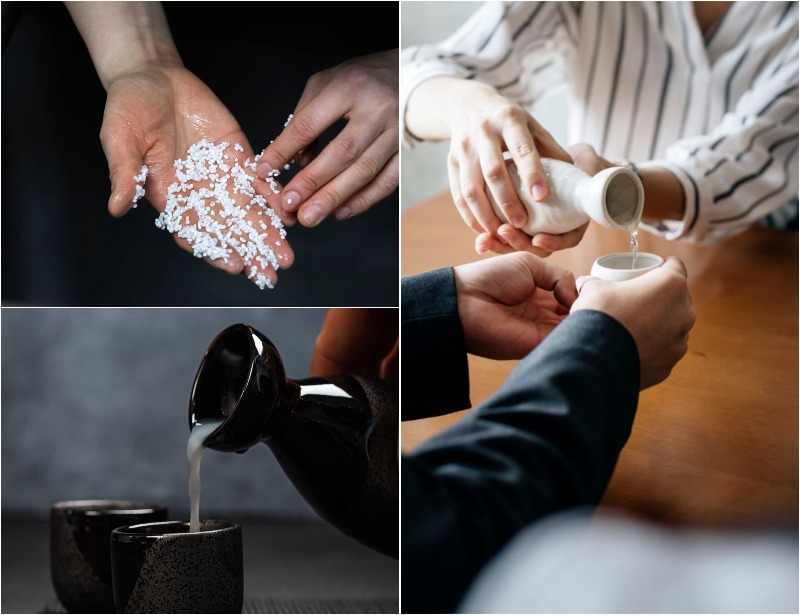
Characterised by pristine, silky-smooth spring-water-like appearance, delicate sweetness and clean finish, sake is an alcoholic beverage loved by many.
People often sake associate with upperclassman and bonafide gourmets. But sake is a lot more approachable and much less intimidating than what people think.
Perhaps its the manner in which the beverage is often savoured—through small ceramic cups in a formal setting—that give sake its high-class appeal.
That said, sake, like all alcoholic beverages, is an acquired taste. But how it differs from harsh, smoky Scotch whiskies is that it takes way lesser time to grow accustomed to. That’s not to say that all sakes are good sake though.
In this guide, we’ll give you a brief introduction to what sake is, how it’s made (more or less) and how to weed out the good varieties from the bad.
What is Sake?
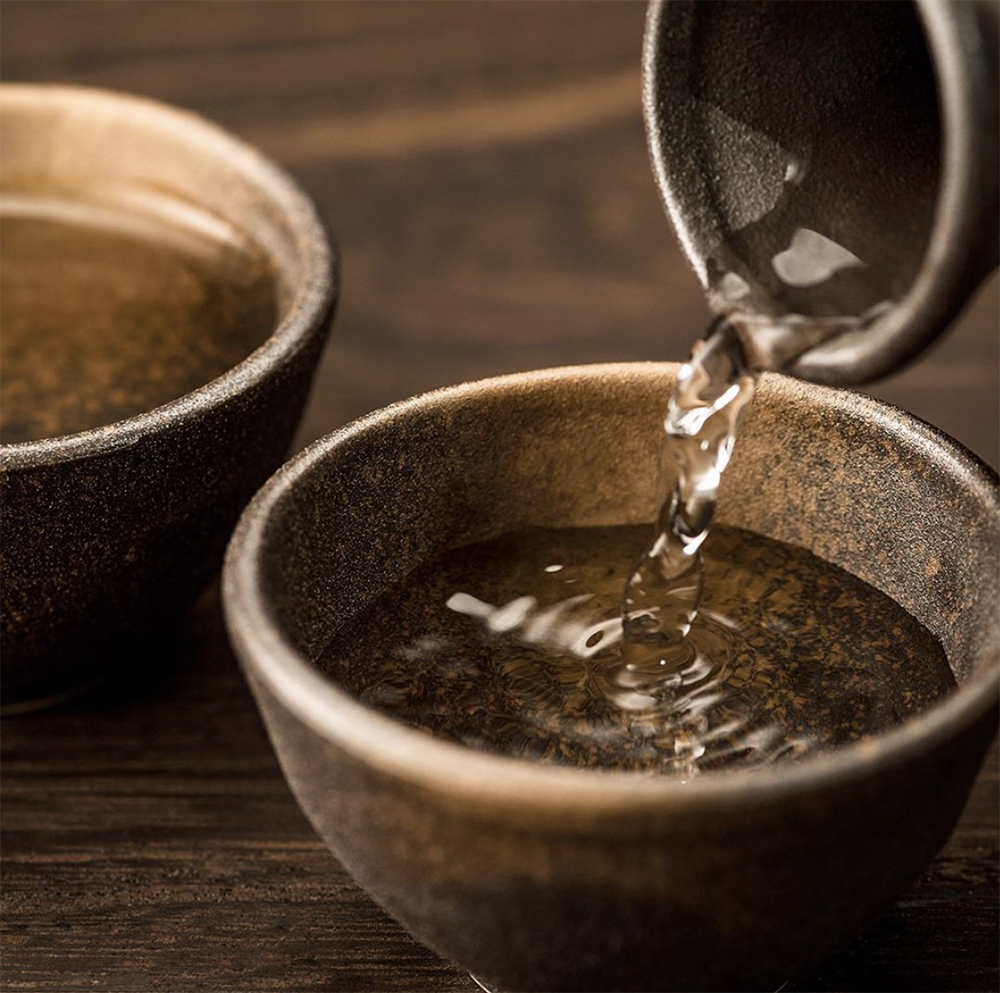
This part is quite a no-brainer, but for the sake (unintentional pun) of those who’re genuinely clueless, sake is made from rice. To be completely accurate, sake refers to the Japanese alcoholic beverage made using fermented rice grains.
For centuries, sake has cemented its place into Japanese culture and many independent producers still keep it closely guarded for fear of family heirlooms being tarnished by commercialisation.
It’s Referred to as Nihonshu, not Sake

Here’s the kicker: when we refer to sake, we know that we’re referring to that silky-smooth, clear rice wine. But in Japan, the term, ‘sake’ actually broadly refers to alcoholic beverages in general, meaning that beer, wine, shochu and the sake that we know, can all be considered as sake. If you’re ever in Japan, and you want a nip of sake, refer to it as, ‘nihonshu’ instead. Chances are your request will be responded with a smile and a nod rather than a look of confusion.
BONUS FACT: The process of making sake (or nihonshu) is actually more similar to beer than it is to wine, so it technically isn’t wine.
How is Sake Made?
Polishing – The Quintessential Step that Determines the Style of Sake
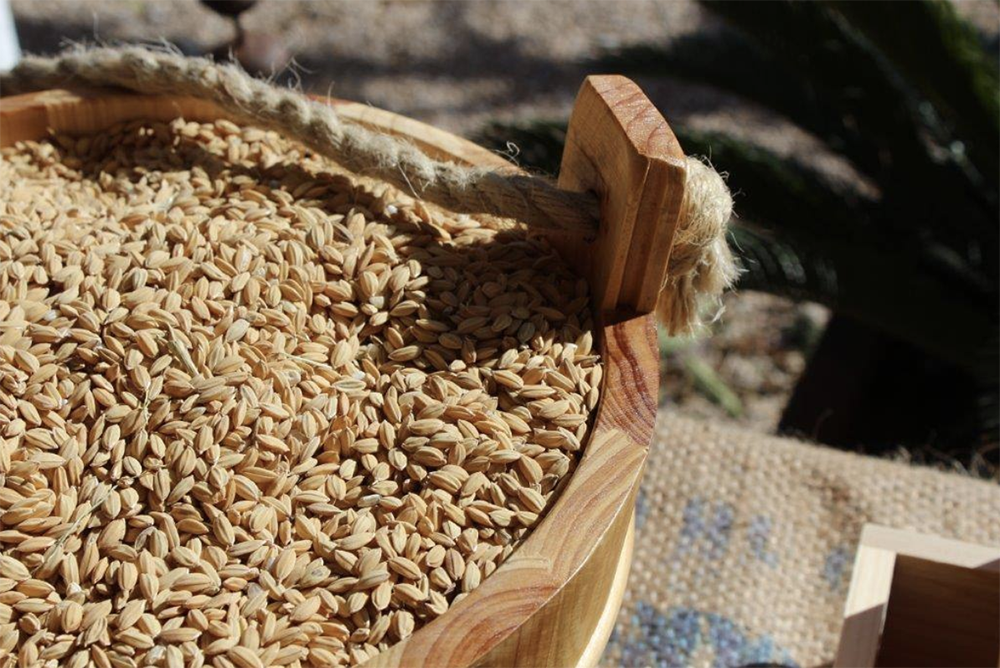
One of the first concepts to grasp in sake-making is polishing. Prior to the actual process of fermentation, rice kernels have to be polished—or technically milled. This compulsory step removes the outer layer of each grain, exposing its white, starchy centre.
Quality grades are determined by the polishing ratio; which measures how much of the outer layer is milled away before it’s ready to be converted into fermentable sugar. The degree to which the grains are polished, removing the protein and fat to isolate the pure starch, is what ends up determining the style of the sake at the end. The less polished the rice grains are, the more the lighter and smoother the sake becomes.
Fermentation of Sake
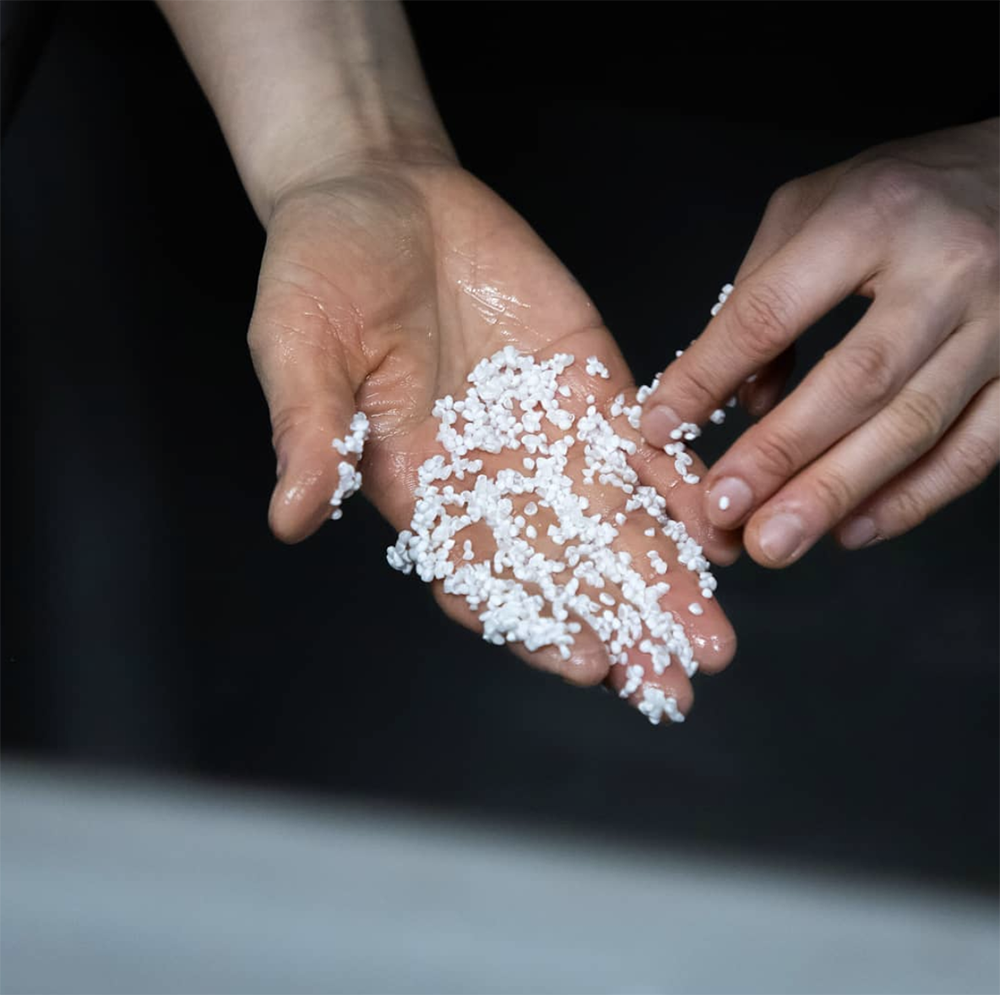
The next and most crucial step in making the actual sake is the fermentation stage. At this stage, the master brewer, or ‘toji’ as he or she is referred to, combines technique, experience and skill to wash, steam, cool and prepare the finished rice for fermentation. Once cooked and cooled, other ingredients such as water, a type of mould spore called “koji,” and yeast are added. This step is what contributes to the style and flavour of the end product.
Once the fermentation process is complete, the stage is set for brewers to decide on certain stylistic approaches, of which there are several. The resulting style is dependent on a plethora of variables from the kind of rice used, the yeast, the quality of water, whether to filter or not—they all play a vital role in affecting the end result.
The very last step is to decide whether or not to introduce a distilled alcohol in order to influence the sake’s flavour, aroma and texture. From here is where some of the more common sake varieties are derived and differentiated.
6 Common Types Of Sake
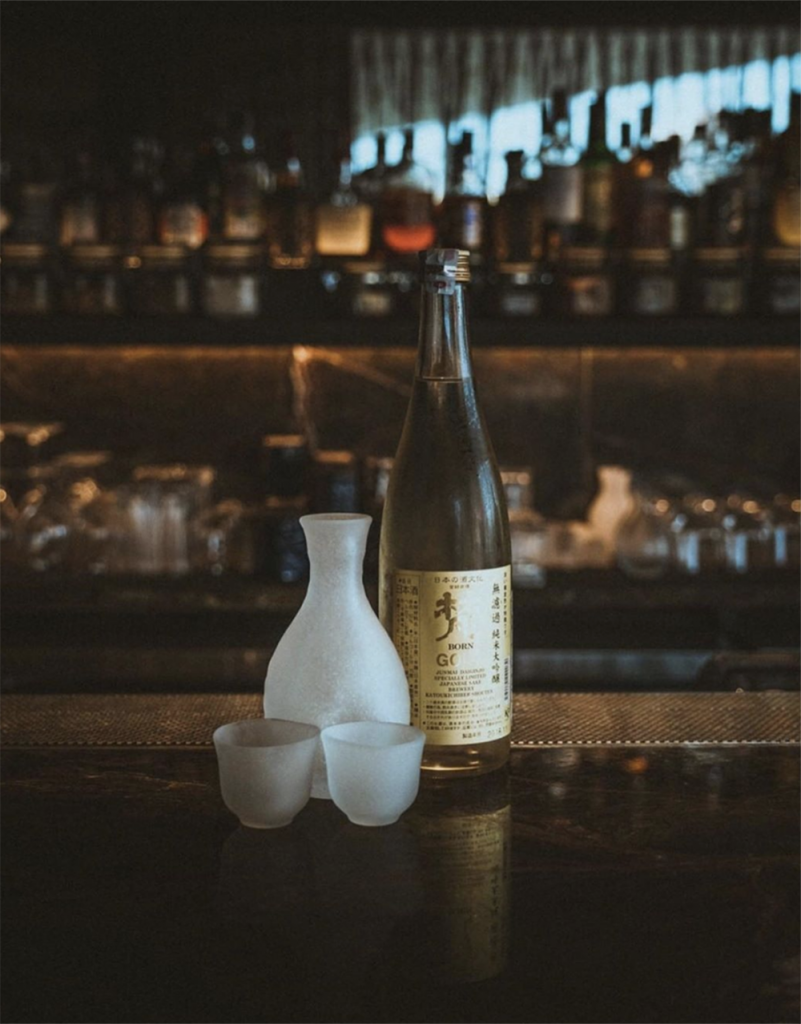
Junmai (純米)
Junmai refers to pure rice, meaning that Junmai sake is brewed using only rice, water, yeast, and koji without the influence of additives such as sugar or alcohol. Taste-wise, Junmai is generally richer and fuller-bodied with an intense, subtly acidic flavour. Most would recommend enjoying this ice-cold, but we feel enjoying this at room temperature or even warm mellows out the acidity and brings out its richness.
Honjozo(本醸造)
Similar to Junami in some regard, Honjozo is made using rice that has been polished to at least 70%. However, Honjozo often has a small amount of distilled brewers alcohol added to it to smooth out the flavour and aroma of the sake, heightening it. A relatively fail-safe option, Honjozo sake can be enjoyed warm or chilled.
Ginjo (吟醸) or Junmai Gingo
Considered a premium sake, Ginjo uses rice that has been polished to at least 60%. It is brewed using special yeast and sophisticated fermentation techniques that allow for a fruitier, more complex bouquet and flavour to develop.
Daiginjo (大吟醸) or Junmai Daiginjo
The Rolls Royce of the sake-drinking world, Junmai Daiginjo is is super-premium sake. It is regarded by many as the absolute pinnacle of sake-making mastery. A bottle can easily set you back a couple of hundred bucks or more but for what it’s worth, this is quite honestly the best sake that money can buy. Period.
Futsushu (普通種)
Often referred to as table sake, Futsushu sake is pretty much bottom barrel stuff. Meaning that it’s cheap, unimpressive in terms of flavour and a surefire way to give you a nasty hangover.
Nigori (濁り)
Though not reflective of its quality, some folks much rather drinking sake with actual rice sediments floating inside it. These cloudy varieties are what is known as Nigori. Nigori sake is typically sweet, creamy and viscous. We recommend enjoying this cold instead of warm.
How to Choose Sake?
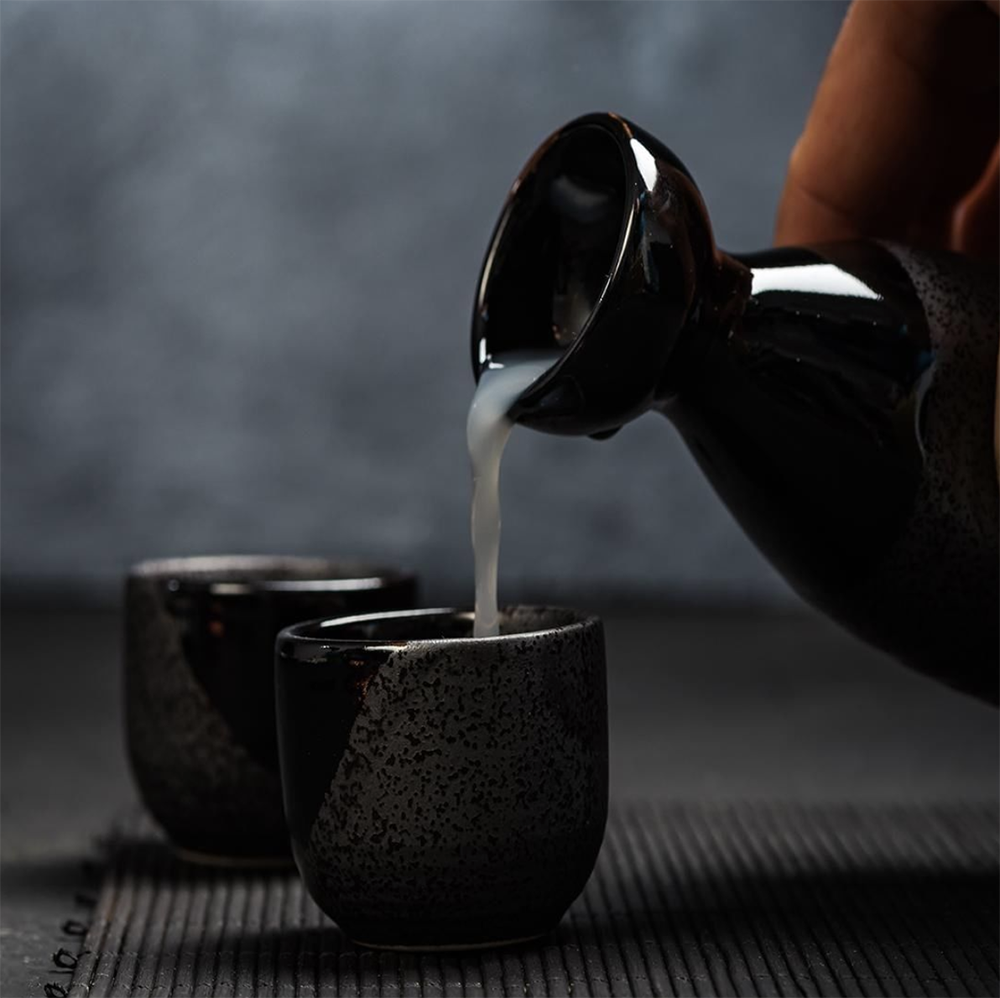
If you can’t read a word of Japanese, go for the bottles that are branded with Japanese calligraphy. Disclaimer: This isn’t 100% accurate, but it usually indicates a traditional sake from a prestigious brewery with a long history. We’re no experts, but we haven’t been let down using this method before.
If you want to be more accurate, the right question to ask is if a particular sake is made using only rice and water or have additives been added to enhance its flavour. In cheap table sake, large amounts of distilled alcohol are usually added to increase the volume of sake produced. This meaning a one-way ticket to hangover town if you do happen to opt for the latter.
At the heart of sake appreciation, it takes a lot of tasting to properly nail down which ones suit your palate most. There is no definitive rule about what is good and what isn’t. Unless you’re talking about cheap table sake then granted they’re all terrible.
Pairing Sake with Food

As far as food and sake pairings go, Japanese food is ideally the appropriate pairing due to its stronger umami profiles. But then again, when it comes to gastronomy, there really isn’t any hard and fast rule to what tastes good. Typically, if you were to get a sweet, crisp and clean-tasting sake, you can’t go wrong with fatty, rich foods. Especially salty foods with umami such as grilled meat, dried squid, cheese and even Thai food for that matter. Heck, sake would even go well with pizza.
Read our guide to other alcohol tips.
Searching for sakes? Check out Singapore-based online sake purveyor, Sakechan.

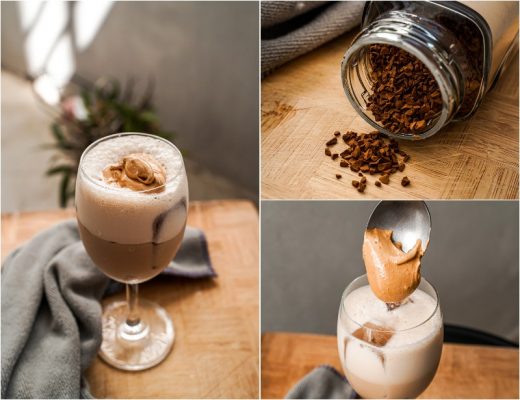


No Comments